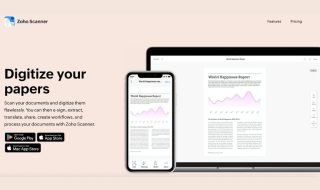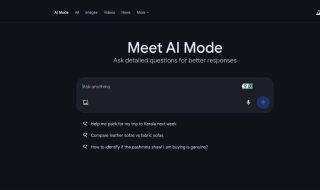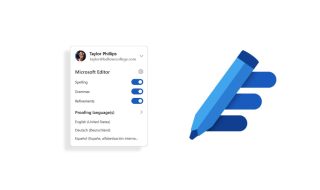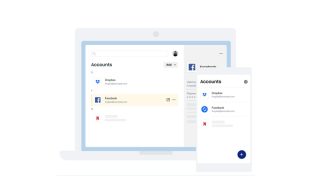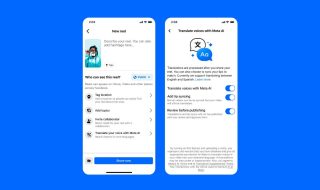At Google I/O 2025, Google announced that it is rolling out Project Mariner to more users and developers. Project Mariner is an AI agent that can browse websites and complete tasks for users. It was first introduced in late 2024 and is now getting major updates.
With the latest upgrade, Project Mariner can handle up to 10 tasks at once. This means it can do many things in the background while users focus on other work. Google says this new version runs on virtual machines in the cloud, making it much more powerful than before. Earlier, it used to run in the user’s browser, which made it harder to multitask.
Project Mariner is now available to users in the U.S. who subscribe to the $249.99-per-month AI Ultra plan. Google says more countries will be added soon. Developers can also use Project Mariner in the Gemini API and Vertex AI to build their own AI-powered tools.
The main idea behind Project Mariner is to let users complete online tasks without visiting websites themselves. For example, a user can ask the AI to book event tickets or order groceries, and it will do everything automatically by browsing the web for them.
Project Mariner is Google’s answer to similar tools from other tech companies, like OpenAI’s Operator and Amazon’s Nova Act. While these AI agents are still in testing, Google says it has improved Mariner using feedback from early users.
Soon, users will also be able to use Project Mariner inside Google Search. This feature, called AI Mode, will first launch as part of Search Labs — Google’s testing space for new ideas. Google is also working with companies like Ticketmaster, StubHub, Resy, and Vagaro to make Mariner smarter when handling real-world tasks.
Google also revealed another new feature called “Agent Mode.” It combines web browsing, research tools, and integrations with other Google apps. Agent Mode will be available to AI Ultra subscribers on desktop in the near future.
With Project Mariner, Agent Mode, and AI Mode, Google is finally moving forward with its vision of using AI agents to change how people use the internet. These tools could make it easier for users to get things done and for businesses to serve their customers online.






